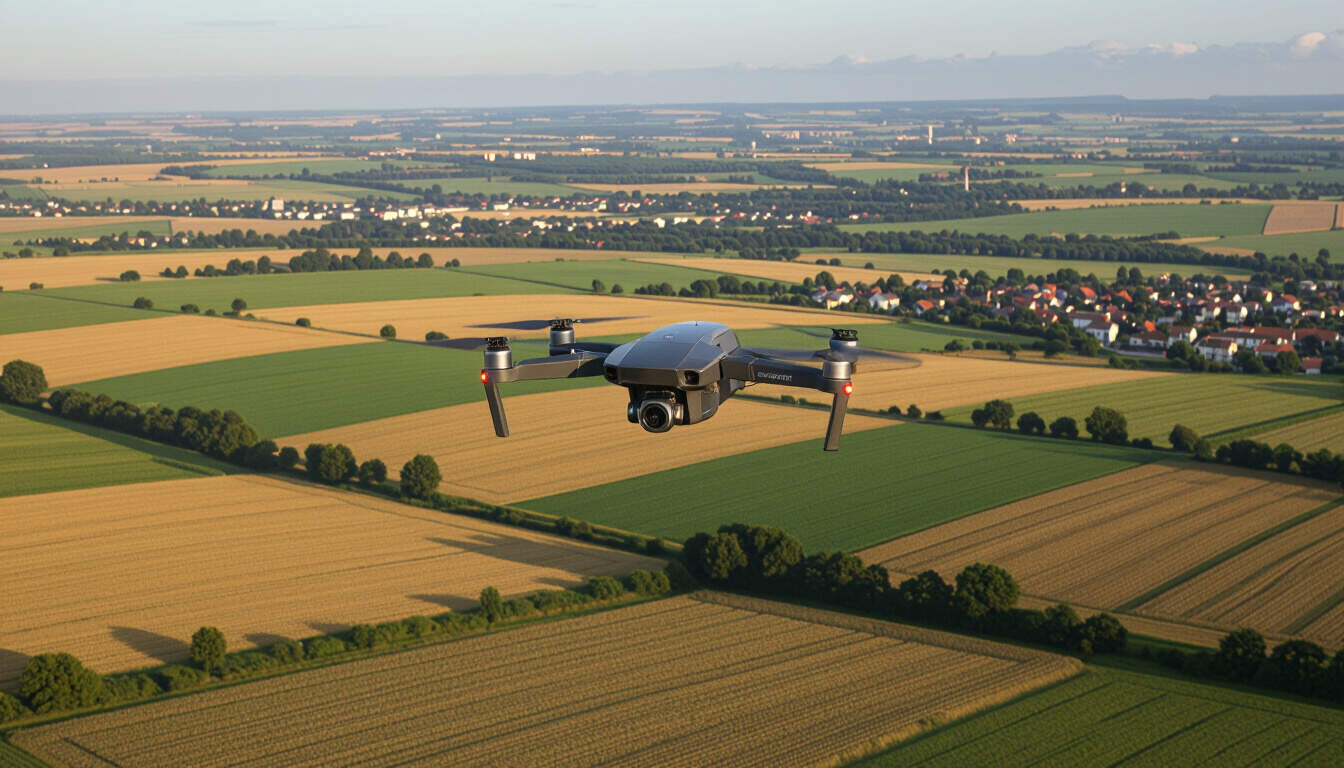Advances in Drone Technology and Exponential Feedback Cycles
 by Shanie Goodwin
by Shanie Goodwin
Drone technology has seen remarkable progress, driven by cycles of innovation that accelerate development. This article explores how these cycles influence technology, business applications, and personal growth, offering insights for entrepreneurs and scientists.

Drone technology continues to progress at an impressive rate, creating loops where each advancement builds on the last. For instance, improvements in battery life have led to longer flight times, which in turn encourage more experimentation and further refinements.
In the field of technology, these cycles play a key role. Early drones relied on basic sensors, but as data from flights accumulated, engineers used that information to enhance algorithms. This process has resulted in drones that can now operate autonomously in challenging environments. The feedback from real-world use provides valuable data, which feeds back into design improvements, making each generation more capable.
One clear example is the integration of artificial intelligence. As exponential feedback cycles take hold, AI systems learn from vast amounts of flight data. This learning loop allows drones to avoid obstacles more effectively, reducing crashes and improving reliability. Over time, these enhancements open up new possibilities, such as detailed mapping of remote areas.
Moving to business, drone applications have transformed various industries. In agriculture, farmers use drones for crop monitoring, which helps in identifying issues early. The data collected leads to better yields, and the success stories encourage more investment in drone tech. This creates a cycle where businesses see returns, prompting them to adopt even more advanced tools.
In logistics, companies employ drones for delivery, especially in hard-to-reach locations. The efficiency gained from these operations reduces costs and speeds up service, leading to higher customer satisfaction. As businesses scale up, the demand for improved drone capabilities grows, fueling ongoing innovation. For growth enthusiasts, this means opportunities to explore new markets and optimize operations.
On the personal level, drones offer ways to foster development. Hobbyists might start with simple models to learn about flight mechanics, and as they gain skills, they experiment with modifications. This hands-on experience builds expertise, which can lead to creating personal projects or even starting small ventures. The cycle here is one of skill acquisition and application, where each success motivates further learning.
For scientists, drones provide tools for research in fields like environmental monitoring. By deploying drones to collect samples from inaccessible areas, researchers gather data that informs studies on climate change. The insights gained can then refine drone designs for specific tasks, perpetuating the cycle of advancement.
To illustrate, consider education. Students using drones in projects develop technical skills that apply to real-world problems. As they share their findings, it inspires peers, creating a community of learners. This ripple effect contributes to broader innovation, showing how individual efforts tie into larger cycles.
In summary, the interplay between drone technology and these cycles affects multiple areas. Technology benefits from continuous improvements, business gains efficiency, and personal development sees enhanced opportunities. Looking ahead, the potential for drones in emerging fields remains vast, promising even greater progress as cycles continue.
Key Benefits in Technology
- Enhanced autonomy through better sensors
- Improved data processing for accurate operations
- Reduced operational costs with efficient designs
Business Applications
- Precision agriculture for optimized farming
- Faster logistics in urban settings
- Safety improvements in inspections
Personal Growth Opportunities
- Skill-building through hands-on projects
- Creative applications in photography and videography
- Pathways to entrepreneurial ideas
